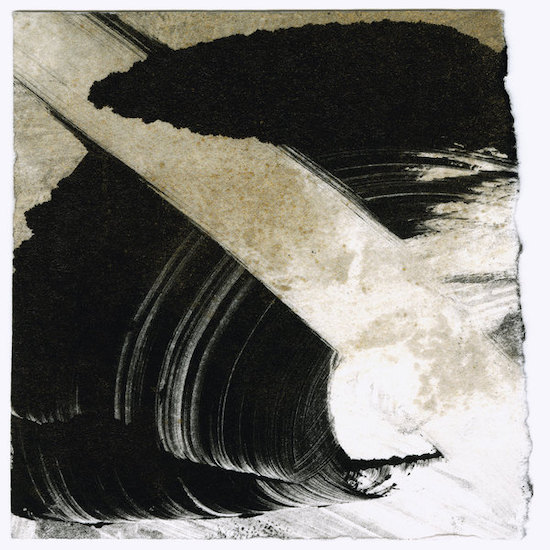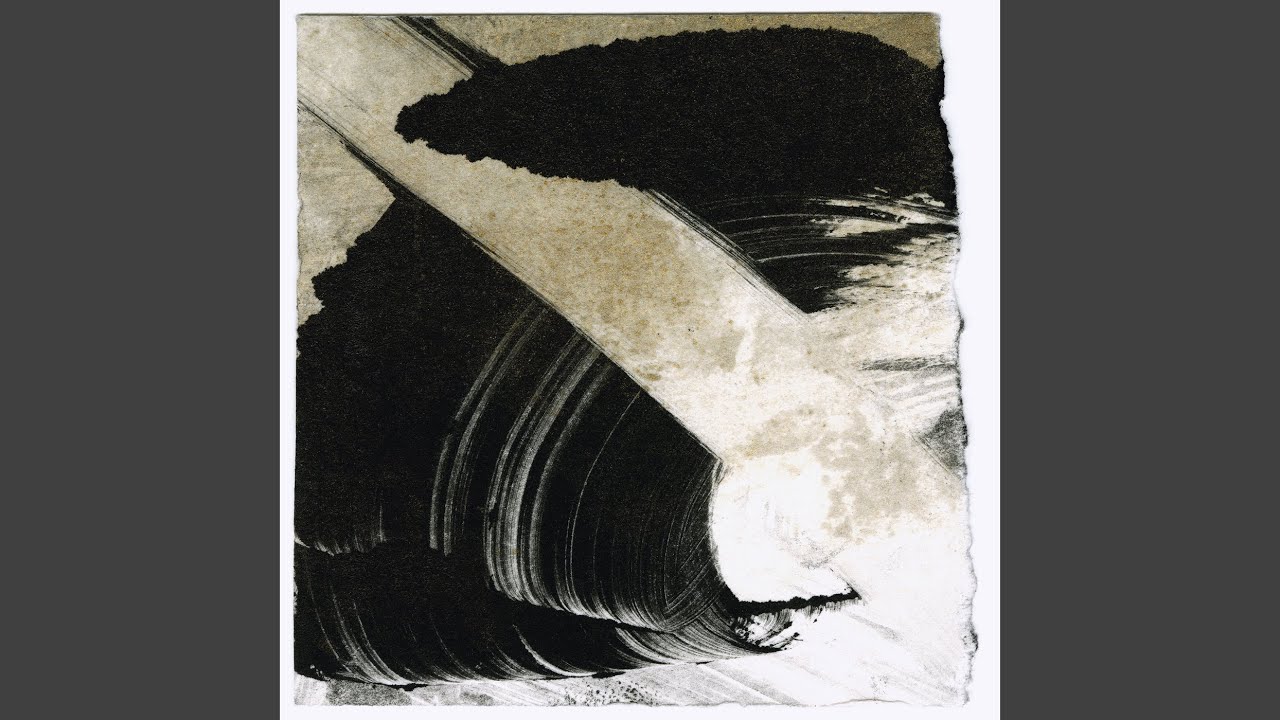The stellar results of a hookup between two units whose ability to entrance via the tropes and signifiers of heavy metal, without recourse to the actual style, is second to none in modern times. Stephen O’Malley you’ll most likely know as a member of Sunn O))), which is not to diminish the rest of his unusually wide palette: people have talked about the circumstances of spring/summer 2020 putting the kibosh on creative output, BUT there’s been enough released with this geezer’s name attached to it to keep heads occupied for weeks. Bima Sakti, an LP on the Swedish label iDEAL, is the latest in a four-month burst also incorporating a new record as part of KTL, installation soundtrack Auflösung Der Zeit and two solo compositions/performances released on his own Ideologic Organ label, amidst other goodies (sneaking in a plug for the superb Golem Mecanique album). Plus a bunch of Sunn O))) rehearsals from the archives.
The genesis of Bima Sakti, though, was O’Malley’s visit to Indonesia on some sort of junket in early 2017. There he met Wukir Suryadi of Javanese duo Senyawa, whose extreme metal-influenced spin on native folk and ritual music had proved unsurprisingly to his taste since Senyawa started filtering into Western ears around two years prior. A live performance took place in Belgium in January 2018, with Suryadi and bandmate Rully Shabara joining the American musician onstage. That recording has been spruced up post-production-wise into this sometimes elusive, broadly engrossing 43 minutes.
Of Bima Sakti‘s six songs (pieces might be a better term – there aren’t any songwriting credits on the sleeve so I assume this was an improvised set), ‘Dewi Hera’ and ‘Bima Dan Ular Naga’ are each split into two parts. ‘Dewi Hera Part I’ opens with an exceedingly quiet intro, characteristically low O’Malley amp frequencies becoming gradually apparent. Suryadi’s flute excursions over these elegantly stumbling riffs are folksily pastoral but with the impressionistic range of a spiritual jazz doyen like Roland Kirk. ‘Part II’, meanwhile, supplies the fourteen-minute closure to the album. Flute again offers a strong melodic counterpoint, with Shabara’s vocals employed this time, grandiose and ancient-sounding.
The two ‘Bima Dan Ular Naga’ sections could reasonably be called rock, or are largely guitar driven at least. The first is a Haino-ish riff sesh underpinned by grinding metallic quasi-rhythms; the second slowly reveals itself as something like spacerock (think Bardo Pond or Cul De Sac) albeit leavened by what sounds like leg irons being dragged across a prison floor. That leaves ‘Bintang Genimtang’ – reptilian croaks, freeform plucks on Suryadi’s self-built bambuwukir instrument, brutally deep throat transmissions from Shabara: if your diaphragm had a diaphragm this is the sound it would emit – and the relatively short ‘Hakikat Kabut’, its quasi-percussive rumbling backdrop like distant thunder or rolling stock.
If you approach this release hoping for something specifically evocative of either Senyawa or any of Stephen O’Malley’s various ventures, you may not receive satisfaction – but that approach isn’t best practise in any case, and undersells both parties’ curious spirit.



